If you want to output the equirectangular projection, you need to convert from equirectangular coordinates to mercator coordinates and then sample the mercator projection at those coordinates.
This is what it would look like in a fragment shader from uvs:
//uv to equirectangular
float lat = (uv.x) * 2 * PI; // from 0 to 2PI
float lon = (uv.y - .5f) * PI; // from -PI to PI
// equirectangular to mercator
float x = lat;
float y = log(tan(PI / 4. + lon / 2.));
// bring x,y into [0,1] range
x = x / (2*PI);
y = (y+PI) / (2*PI);
// sample mercator projection
fixed4 col = tex2D(_MainTex, float2(x,y));
The same thing applies to the azimuthal projection: You can go from azimuthal coordinates -> equirectangular -> mercator and sample the image. Or you can find a formula to go directly from azimuthal -> mercator. The wiki pages have a bunch of formulas to go back and forth between projections.
Here is a full shader to play around with. Input is a mercator projection and outputs a equirectangular or azimuthal projection (choose from the dropdown menu) 
Shader "Unlit/NewUnlitShader 1"
{
Properties
{
_MainTex ("Texture", 2D) = "white" {}
[Enum(Equirectangular,0,Azimuthal,1)]
_Azimuthal("Projection", float) = 0
}
SubShader
{
Tags { "RenderType"="Opaque" }
LOD 100
Pass
{
CGPROGRAM
#pragma vertex vert
#pragma fragment frag
#include "UnityCG.cginc"
struct appdata
{
float4 vertex : POSITION;
float2 uv : TEXCOORD0;
};
struct v2f
{
float2 uv : TEXCOORD0;
float4 vertex : SV_POSITION;
};
sampler2D _MainTex;
float4 _MainTex_ST;
float _Azimuthal;
v2f vert (appdata v)
{
v2f o;
o.vertex = UnityObjectToClipPos(v.vertex);
o.uv = TRANSFORM_TEX(v.uv, _MainTex);
return o;
}
#define PI 3.141592653589793238462f
#define PI2 6.283185307179586476924f
float2 uvToEquirectangular(float2 uv) {
float lat = (uv.x) * PI2; // from 0 to 2PI
float lon = (uv.y - .5f) * PI; // from -PI to PI
return float2(lat, lon);
}
float2 uvAsAzimuthalToEquirectangular(float2 uv) {
float2 coord = (uv - .5) * 4;
float radius = length(coord);
float angle = atan2(coord.y, coord.x) + PI;
//formula from https://en.wikipedia.org/wiki/Lambert_azimuthal_equal-area_projection
float lat = angle;
float lon = 2 * acos(radius / 2.) - PI / 2;
return float2(lat, lon);
}
fixed4 frag(v2f i) : SV_Target
{
// get equirectangular coordinates
float2 coord = _Azimuthal ? uvAsAzimuthalToEquirectangular(i.uv) : uvToEquirectangular(i.uv);
// equirectangular to mercator
float x = coord.x;
float y = log(tan(PI / 4. + coord.y / 2.));
// brin x,y into [0,1] range
x = x / PI2;
y = (y + PI) / PI2;
fixed4 col = tex2D(_MainTex, float2(x,y));
// just to make it look nicer
col = _Azimuthal && length(i.uv*2-1) > 1 ? 1 : col;
return col;
}
ENDCG
}
}
}
